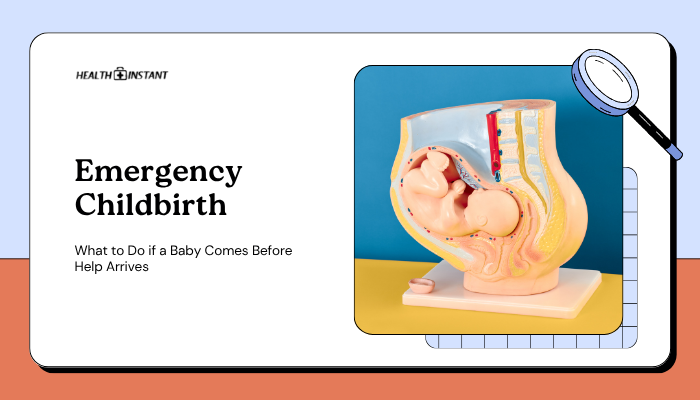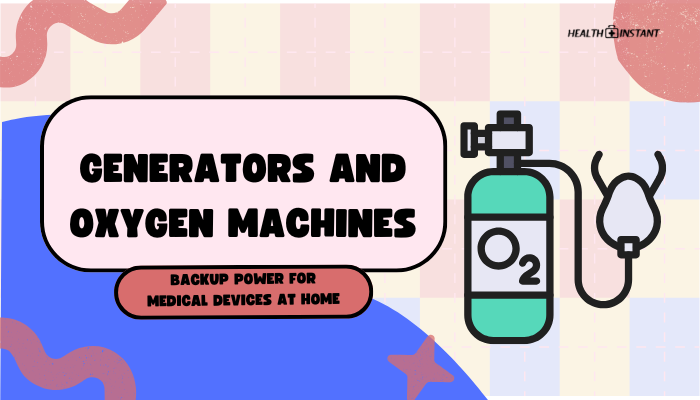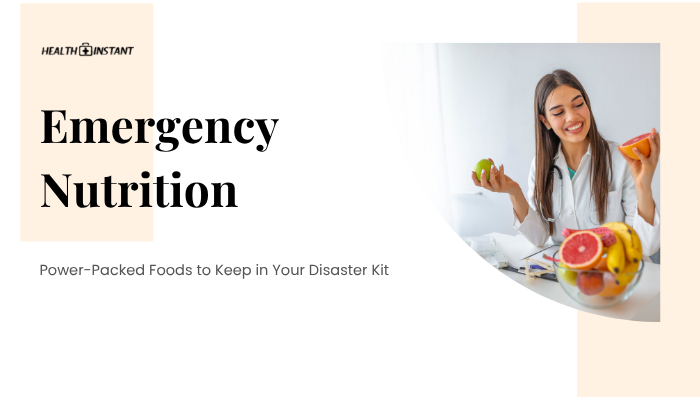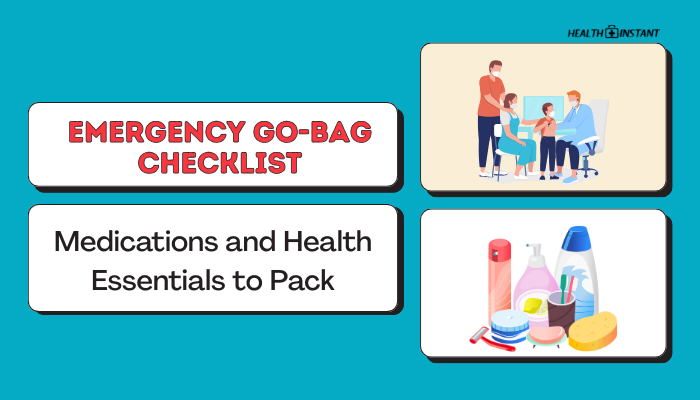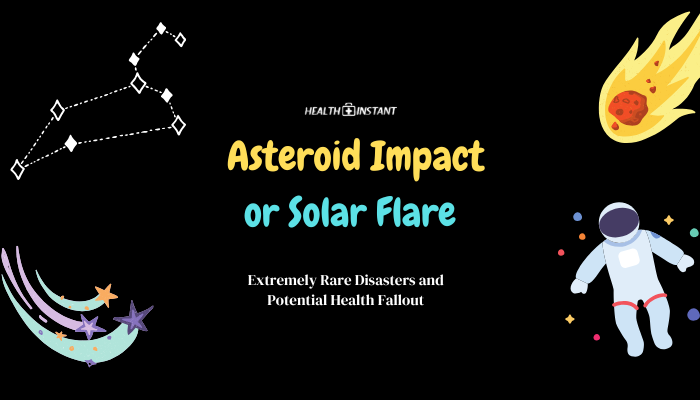Introduction
A heat dome occurs when a stagnant high-pressure system traps hot air over a region, creating extended periods of extreme heat. As global temperatures rise and urban areas expand, these events are becoming more frequent and intense.
Prolonged exposure to high heat can lead to heat-related illnesses, overburden healthcare systems, and disproportionately affect the most vulnerable populations. This guide explains the concept of heat domes, their health implications, and how municipalities and individuals can cope with dangerously high temperatures.
What Is a Heat Dome?
A heat dome essentially caps hot air in place, preventing cooler air from mixing in and raising surface temperatures even further. Key characteristics:
- High-Pressure Ridge
- Builds over a region, acting as a lid and compressing and heating the air below.
- Builds over a region, acting as a lid and compressing and heating the air below.
- Stagnant Air
- Minimal wind or cloud cover means daytime heat lingers into the night, limiting cooling.
- Minimal wind or cloud cover means daytime heat lingers into the night, limiting cooling.
- Extended Duration
- These events can last days or weeks, causing cumulative heat stress.
- These events can last days or weeks, causing cumulative heat stress.
Cities with high building density and less vegetation typically experience additional warming from the urban heat island effect.
Health Risks of Extreme Heat
Heat-Related Illnesses
- Heat Exhaustion
- Symptoms: Heavy sweating, dizziness, nausea, rapid pulse.
- Solutions: Move to a cool area, rehydrate, apply cool compresses.
- Symptoms: Heavy sweating, dizziness, nausea, rapid pulse.
- Heat Stroke
- Symptoms: Confusion, high body temperature, no sweating, potential loss of consciousness.
- Emergencies: Requires immediate medical assistance to reduce body temperature quickly.
- Symptoms: Confusion, high body temperature, no sweating, potential loss of consciousness.
- Heat Cramps
- Muscle spasms resulting from electrolyte imbalances due to excessive sweating.
Vulnerable Populations
- Elderly
- Impaired ability to regulate body temperature.
- Impaired ability to regulate body temperature.
- Infants and Children
- Less awareness and limited ability to express thirst or discomfort.
- Less awareness and limited ability to express thirst or discomfort.
- People with Chronic Illnesses
- Cardiovascular or respiratory conditions worsen in extreme heat.
- Cardiovascular or respiratory conditions worsen in extreme heat.
- Low-Income Individuals
- Often lack air conditioning or live in heat-trapping homes.
How Cities Can Mitigate Extreme Heat
Cooling Centers and Public Spaces
- Air-Conditioned Buildings
- Libraries, community centers, or malls designated as safe havens from the heat.
- Libraries, community centers, or malls designated as safe havens from the heat.
- Extended Hours
- Public pools or splash pads open longer, offering relief, especially for families with children.
Green Infrastructure and Urban Planning
- Tree Planting
- Shade from trees reduces street-level temps.
- Shade from trees reduces street-level temps.
- Reflective or Green Roofs
- Reflective materials or rooftop gardens cool buildings and reduce urban heat island effects.
- Reflective materials or rooftop gardens cool buildings and reduce urban heat island effects.
- Improved Urban Design
- Wider sidewalks, more parkland, and water features lower ambient temperatures.
Community Outreach and Alerts
- Early Warning Systems
- Text alerts or weather apps warn residents of impending heat waves.
- Text alerts or weather apps warn residents of impending heat waves.
- Targeted Support
- Checking on older adults, distributing fans or portable AC units to at-risk neighborhoods.
Personal Steps to Stay Safe
- Stay Hydrated
- Drink water regularly, avoid caffeine and alcohol which can dehydrate.
- Drink water regularly, avoid caffeine and alcohol which can dehydrate.
- Dress Appropriately
- Lightweight, light-colored clothing to reflect heat.
- Lightweight, light-colored clothing to reflect heat.
- Avoid Peak Heat Hours
- Schedule outdoor tasks in early morning or late evening.
- Schedule outdoor tasks in early morning or late evening.
- Use Fans and Ventilation
- If air conditioning isn’t available, use fans near windows at night to draw in cooler air.
Conclusion
Heat dome events pose escalating hazards in a warming climate, particularly for urban populations already coping with heat-trapping infrastructure. By developing robust strategies—like creating cooling centers, expanding green spaces, and activating alert systems—cities can mitigate these extreme conditions.
Meanwhile, individuals should adopt safe habits, including staying hydrated, dressing properly, and limiting midday outdoor activity. Ultimately, collaboration between municipal leaders, community organizations, and residents is vital to protect public health when heat waves strike.
References
- World Health Organization (WHO). (2021). Global guidelines on coping with extreme heat.
- Centers for Disease Control and Prevention (CDC). (2020). Heat wave safety tips and best practices.
- American Meteorological Society (AMS). (2019). Understanding heat domes and their impacts.
- U.S. Environmental Protection Agency (EPA). (2018). Urban heat island mitigation strategies.
Disclaimer: This material is for informational purposes only. Always follow local health advisories and consult experts when implementing large-scale solutions or personal safety measures against extreme heat.


